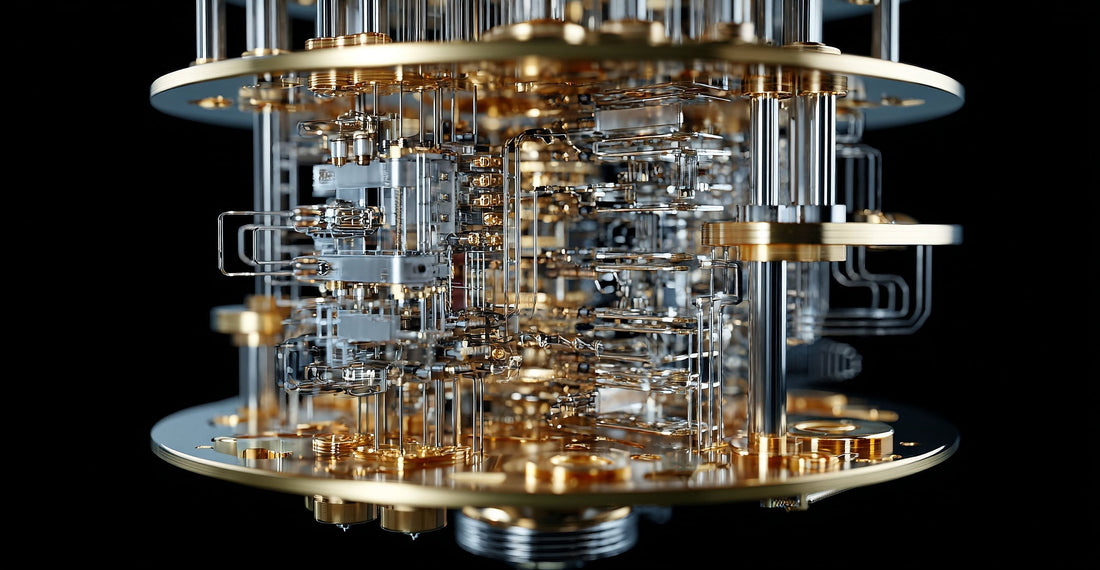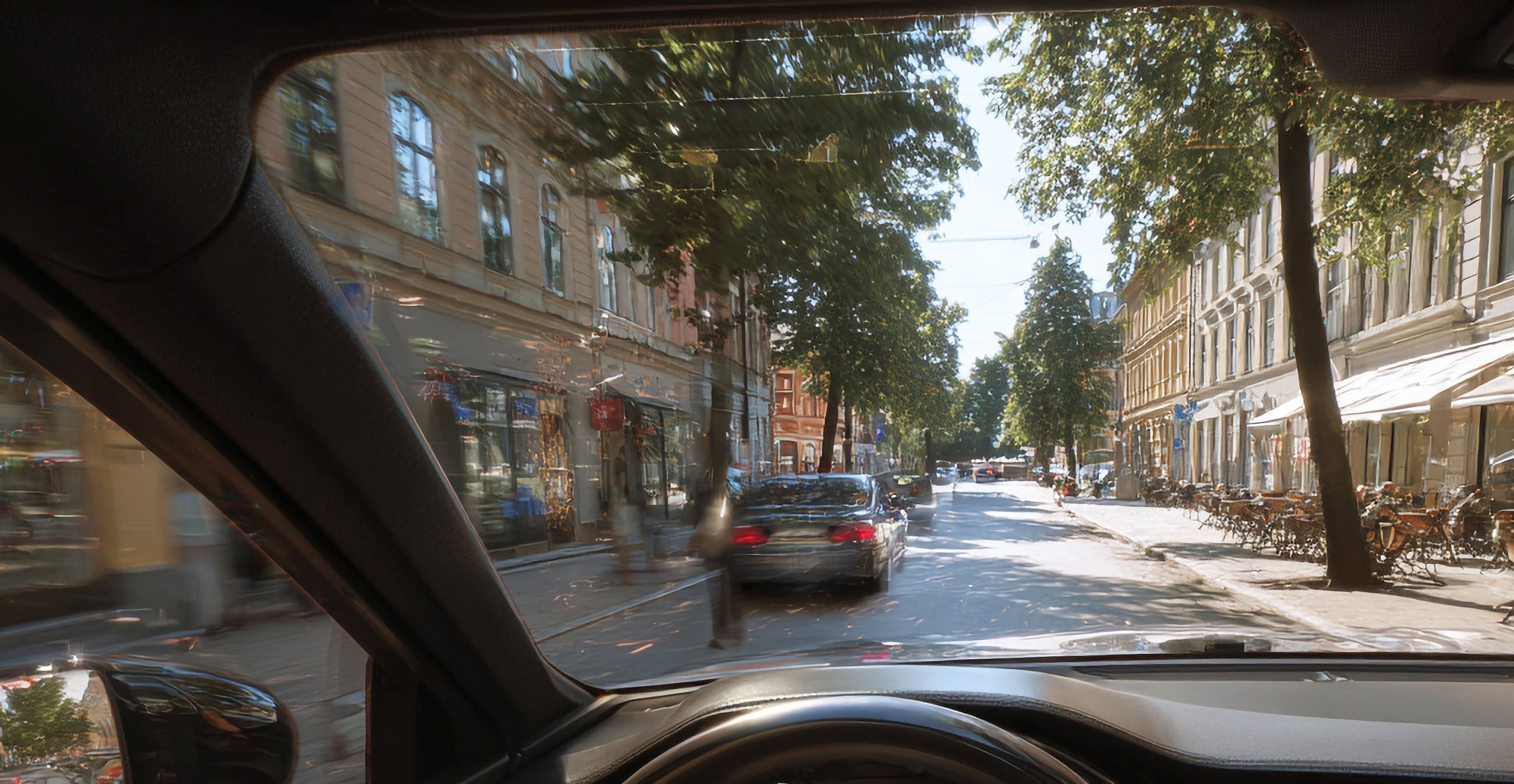Quantum computing whispers promises of a reality where uncertainty fuels certainty, where the minds tiniest building blocks echo the vast uncertainties of the cosmos. These machines, born from human ingenuity and the strange poetry of subatomic particles, now dot our planet like stars in a new constellation. As we stand on the cusp of this era, understanding their global footprint reveals not just technological prowess, but a collective yearning to grasp the ungraspable, to weave the threads of probability into tapestries of profound discovery.
The quantum computing landscape pulses with momentum. By mid 2025, over 200 such systems grace laboratories, data centers, and research hubs worldwide, each a testament to relentless innovation. This tally, drawn from comprehensive industry datasets, encompasses diverse architectures from superconducting circuits to trapped ions and photonic networks. Far from a distant dream, these computers already tackle optimization puzzles, simulate molecular behaviors, and probe encryption vulnerabilities, hinting at transformations in medicine, materials science, and beyond. Yet, their uneven spread across nations paints a portrait of ambition tempered by resources, collaboration, and vision.
The Global Tally: Over 200 Systems Strong
Picture a world inventory exceeding 221 quantum processors, each calibrated to dance on the edge of classical limits. This figure captures operational and developmental machines, verified through sources like institutional reports and company disclosures. The surge from prior years underscores accelerating investments, with public funding alone surpassing tens of billions globally. Such growth evokes a philosophical musing: in our quest to compute the infinite, do we not mirror the universes own boundless computation, processing possibilities into palpable progress?
Distribution by Nation: Leaders and Contenders
The geography of quantum power tilts toward innovation hubs where talent converges and capital flows. The United States commands the lion's share, a reflection of its ecosystem blending academia, venture capital, and tech giants. Trailing nations carve niches through specialized strengths, fostering a mosaic of approaches that enriches the field. Below, a precise breakdown illuminates this distribution, highlighting estimated counts and pivotal contributors.
| Country | Estimated Number | Major Contributors |
|---|---|---|
| United States | 150 | IBM, Google, Rigetti, IonQ, QuEra |
| Canada | 20 | D Wave, Xanadu |
| China | 15 | University of Science and Technology of China, Chinese Academy of Sciences, SpinQ |
| France | 10 | Pasqal, Alice and Bob, Quandela |
| United Kingdom | 10 | Oxford Quantum Circuits, M Squared Lasers |
| Netherlands | 5 | QuTech, Quantware |
| Germany | 5 | SaxonQ |
| Finland | 3 | IQM |
| Austria | 1 | Alpine Quantum Technologies |
| Japan | 2 | RIKEN |
Insights from the Map: Power, Parity, and Potential
The United States holds sway with 150 systems, roughly 68 percent of the total, propelled by trailblazers like IBMs Heron processor boasting quantum volumes in the thousands and Googles Willow at 105 qubits. This dominance stems from a fertile ground of federal initiatives and private daring, yet it invites reflection: does such concentration accelerate breakthroughs or risk silos of knowledge? Canadas 20 machines, anchored in D Waves annealing giants exceeding 5000 qubits, spotlight expertise in practical optimization, evoking the quiet resolve of northern innovation.
China surges with 15 installations, fueled by state backed billions, where photonic marvels like Jiuzhang harness light for supremacy in specific algorithms. Frances 10 and the United Kingdoms matching tally embody Europes collaborative spirit, with neutral atom arrays from Pasqal and scalable circuits from Oxford Quantum Circuits promising fault tolerant futures. Smaller contingents in the Netherlands, Germany, and Finland underscore precision engineering, while Austrias solitary trapped ion setup and Japans superconducting duo whisper of specialized elegance amid giants.
This patchwork distribution reveals deeper truths. Europe, through flagships like the Quantum Technologies Flagship, weaves a web of shared progress, countering solitary ascents with collective wisdom. Asias ascent, particularly Chinas, signals a multipolar dawn, where diverse philosophies infuse the quantum quest. Philosophically, these machines challenge our linear worldviews, reminding us that true advancement blooms not in isolation, but in the entangled dance of global minds. In mapping these 200 plus beacons, we glimpse humanitys shared odyssey: from solitary sparks to a symphony of superimposed possibilities, forever altering what it means to compute, to know, to be.





